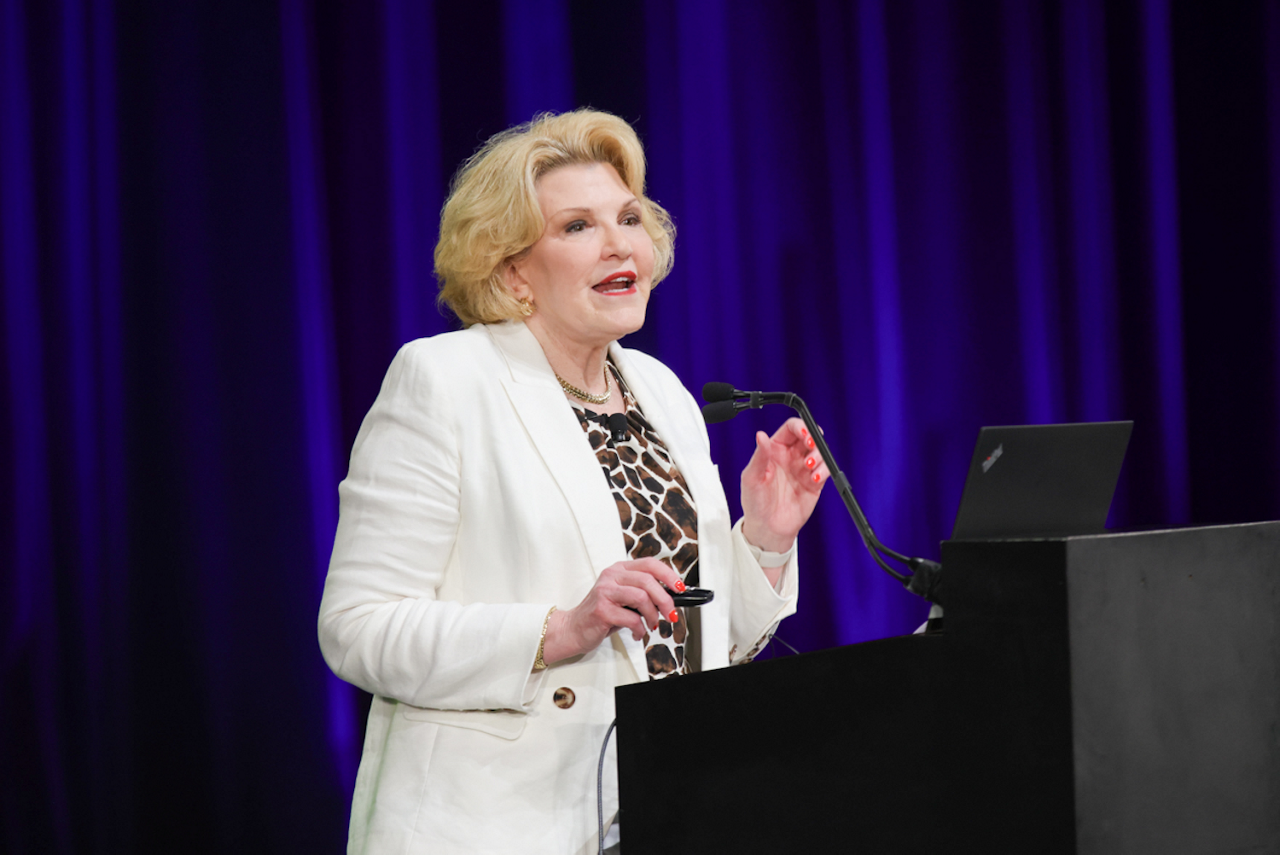Pretty privilege, also known as beauty bias, refers to individuals who are considered conventionally attractive getting preferential treatment and advantages in various aspects of life due to their appearance. This bias can manifest in several ways, including better career opportunities and growth, social networks and support systems, and more.
Understanding the Impact
Social media platforms like Instagram, TikTok, and Snapchat have increased the focus on physical attractiveness. People who meet conventional beauty standards often get more likes, followers, and engagement from sharing content for online consumption. This online popularity can lead to rewarding benefits, such as higher social status, better networking opportunities, and career advancements.
A research paper provided inferences on personality, and the "What is beautiful is good" stereotype (Dion et al.,1972) is a classic phenomenon in social psychology. While forming impressions of others, perceiving a person as good-looking fosters positive expectations about personal characteristics. Physical attractiveness has generated broadly favorable impressions of both men and women (Langlois et al., 2000).
There is a common assumption that positive interpersonal qualities are systematically linked to physical attractiveness, a concept known as the Halo Effect. The impact of attractiveness is both profound and persistent.
Pretty Privilege: Myth or Reality
As per the status characteristics theory (Berger et al., 1977), observable attributes contribute significantly to evaluating an individual and determining treatment in social settings. Interaction inequality leads to ethical concerns about fairness and equality in the workplace, especially regarding hiring, promotion, and salary decisions.
As per the theory, diffuse characteristics such as age, height, appearance, and gender contribute significantly to shaping preconceived notions and discretionary treatment within social settings.
At the same time, research suggests that attractiveness is associated with perceptions of ability and success. Research evidence indicates that people who are considered conventionally attractive tend to have more social influence and are more likely to gain conformity from others compared to those who are not considered conventionally attractive. Attractiveness is a diffuse characteristic, and performance expectations or interpersonal skills are associated.
It is assumed that individuals' stereotypes based on attractiveness have more opportunities to perform, high performance, and more positive evaluations by others. While individuals generally accept the positive assessment others make of them, attractive people also have a positive valuation of themselves, greater self-confidence, and a higher likelihood of adhering to their own opinions in case of disagreements.
Research suggests conventionally attractive people may also develop outstanding social capital, contributing to career success. Their interpersonal relationships have a positive impact, leading to career growth. People are more likely to cooperate with conventionally attractive people because they expect cooperativeness from them. Knowing whether attractive individuals have high-quality dyadic relationships with peers, particularly managers, will be interesting. There is a possibility that affective reactions to attractive individuals are more optimistic, even easing the effects of an individual's weaknesses.
Attractiveness and Gender
It’s interesting to consider the role of gender in attractiveness. While pretty privilege is generally gender-neutral, the way attractiveness affects individuals can differ. Language is a primary means of expressing beauty or attractiveness, and compliments generally fall into two categories: appearance and performance. Research indicates that people tend to compliment women more on their appearance, often praising their attractiveness, while men are more frequently complimented on their performance and accomplishments (Kert and Mc Connell; Ginet, 2003).
Attractiveness bias, or the Halo effect, also holds true for men. When planning for important roles, a man’s appearance is often discussed as part of executive presence. While being fit, running marathons, and looking sharp can be beneficial, talent and potential are not just about looks. The focus should be on a person’s skills, abilities, and contributions.
Conclusion
Beauty and good looks are defined as per the conventional societal standards. We all talk about being authentic and embracing oneself, but there is an unsaid pressure to fit in as per the social norms. One way of fitting in is also to look a certain way. Every organization is building an inclusive workplace; forming opinions based on appearance and looks is biased. Conversations should focus on understanding a person’s well-being, work, strengths, and skills rather than their appearance. Shifting the dialogue from appearance to more meaningful discussions about abilities, potential, and talent allows for a deeper appreciation of an individual’s value. Recognizing and defining someone based on their skills and contributions enables a more inclusive and respectful environment.
References-
Berger, J., Fisek, M. H., Norman, R. Z., & Zelditch, M., Jr. (1977). Status characteristics and social interaction: An expectation-state approach. Elsevier Scientific Pub. Co., Inc.
Dion, K., Berscheid, E., & Walster, E. (1972). What is beautiful is good. Journal of Personality and Social Psychology, 24(3), 285-290.
Eckert, P., & McConnell-Ginet, S. (2003). Language and gender. Cambridge University Press.
Forbes, D., Adams-Curtis, L. E., & White, K. B. (2007). Sexism, hostility toward women, and endorsement of beauty ideals and practices: Are beauty ideals associated with oppressive beliefs? Psychology of Women Quarterly, 31(3), 278-293.
Langlois, J. H., Ritter, J. M., & J. H., L. (2007). The role of physical attractiveness in the development of children’s gender stereotypes and biases. Developmental Psychology,
An organization run by AI is not a futuristic concept. Such technology is already a part of many workplaces and will continue to shape the labor market and HR. Here's how employers and employees can successfully manage generative AI and other AI-powered systems.




